
Brussels Hotel Tassel1 Flickr Photo Sharing!
Hotel Tassel, located on Rue Paul- Emile Janson 6, Brussels, Belgium, is one of the most famous Art Nouveau architectural buildings in Europe. Victor Horta designed it, the Belgian architect who achieved great success as a precursor of Art Nouveau. After a short time, the style expanded internationally in architecture, fine art, and decorative art.
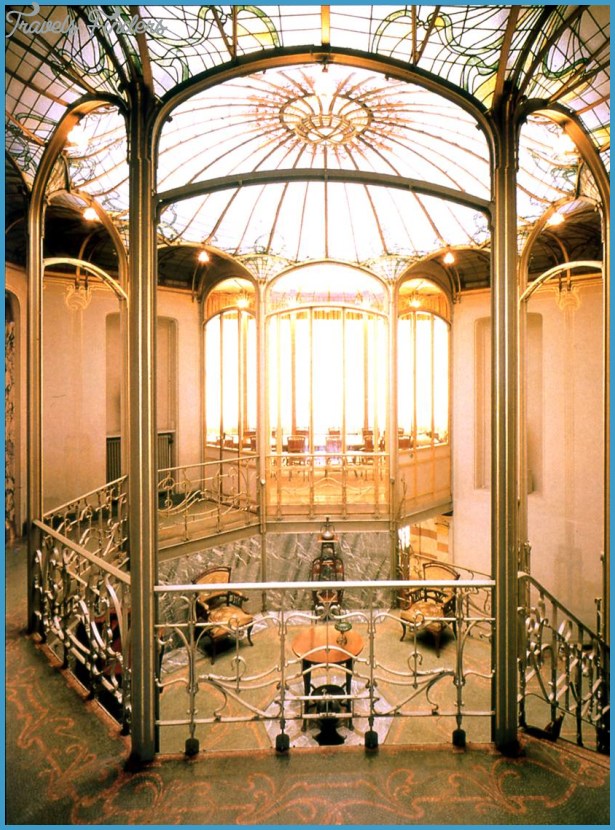
Hotel Tassel TOWN HOUSE BRUSSELS, BELGIUM
The Hôtel Tassel is a townhouse in Brussels, Belgium, designed by Victor Horta for the Belgian scientist and professor Emile Tassel and built from 1892 to 1893. It is generally considered the first true Art Nouveau building, because of its highly innovative plan and its groundbreaking use of materials and decoration. It is located at 6, rue Paul-Emile Janson/Paul-Emile Jansonstraat.
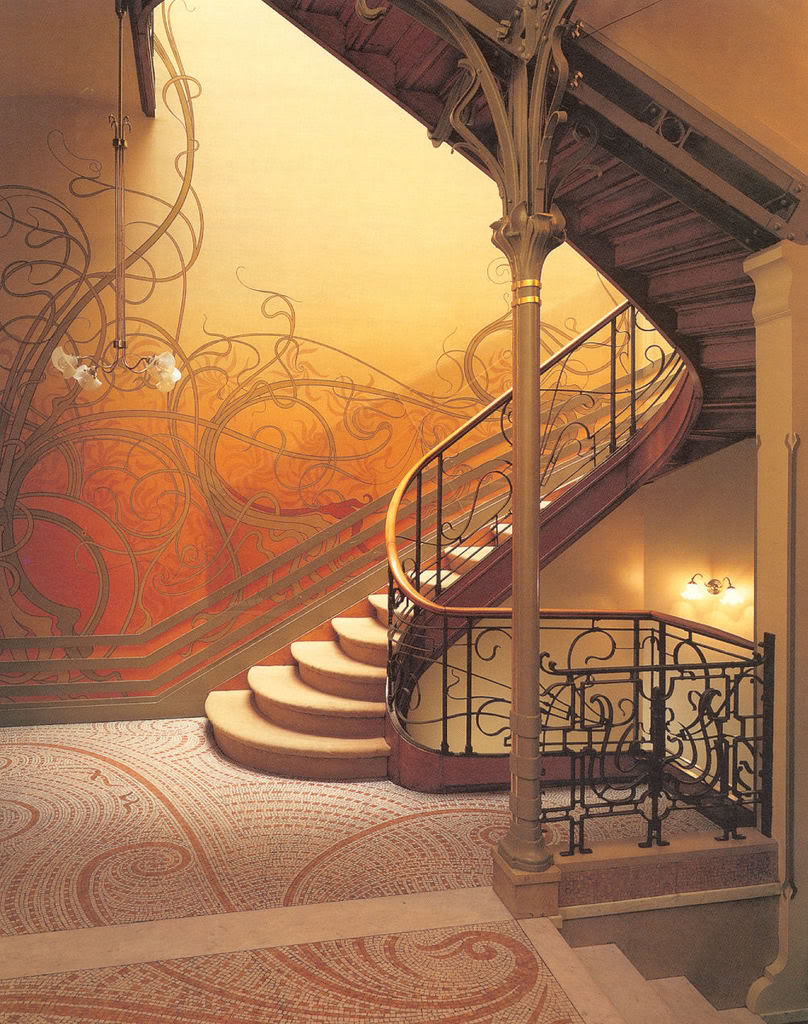
Stairwell, L’Hôtel Tassel (1901)
Tassel House. This building is considered the founding work of Art Nouveau in Brussels. It was designed in 1893 by master architect Victor Horta, commissioned by its owner Emile Tassel, a professor at the ULB and a Freemason, like Horta.. Hotels Aparthotels Youth hostels Camp sites Eco label Bike-friendly Plan your trip Getting there.
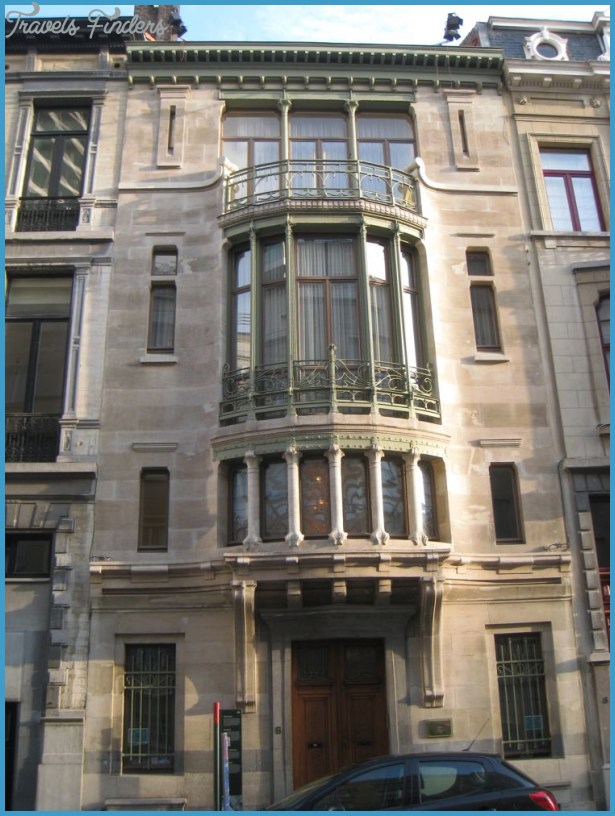
Hotel Tassel TOWN HOUSE BRUSSELS, BELGIUM
Find Discounts on the Best Lodging In Brussels Belgium. Tripadvisor Helps You Spend Less. Always Great Deals: Search for The Best Brussels Hotel Prices on Tripadvisor.

Hôtel Tassel Inside Art nouveau
The Hôtel Tassel is a historic town house in Brussels, Belgium. It was designed by Victor Horta for the scientist and professor Emile Tassel, and built between 1892 and 1893, in Art Nouveau style. It is generally considered one of the first buildings in that style, along with the Hankar House by Paul Hankar, built at the same time, because of its highly innovative plan and its ground-breaking.
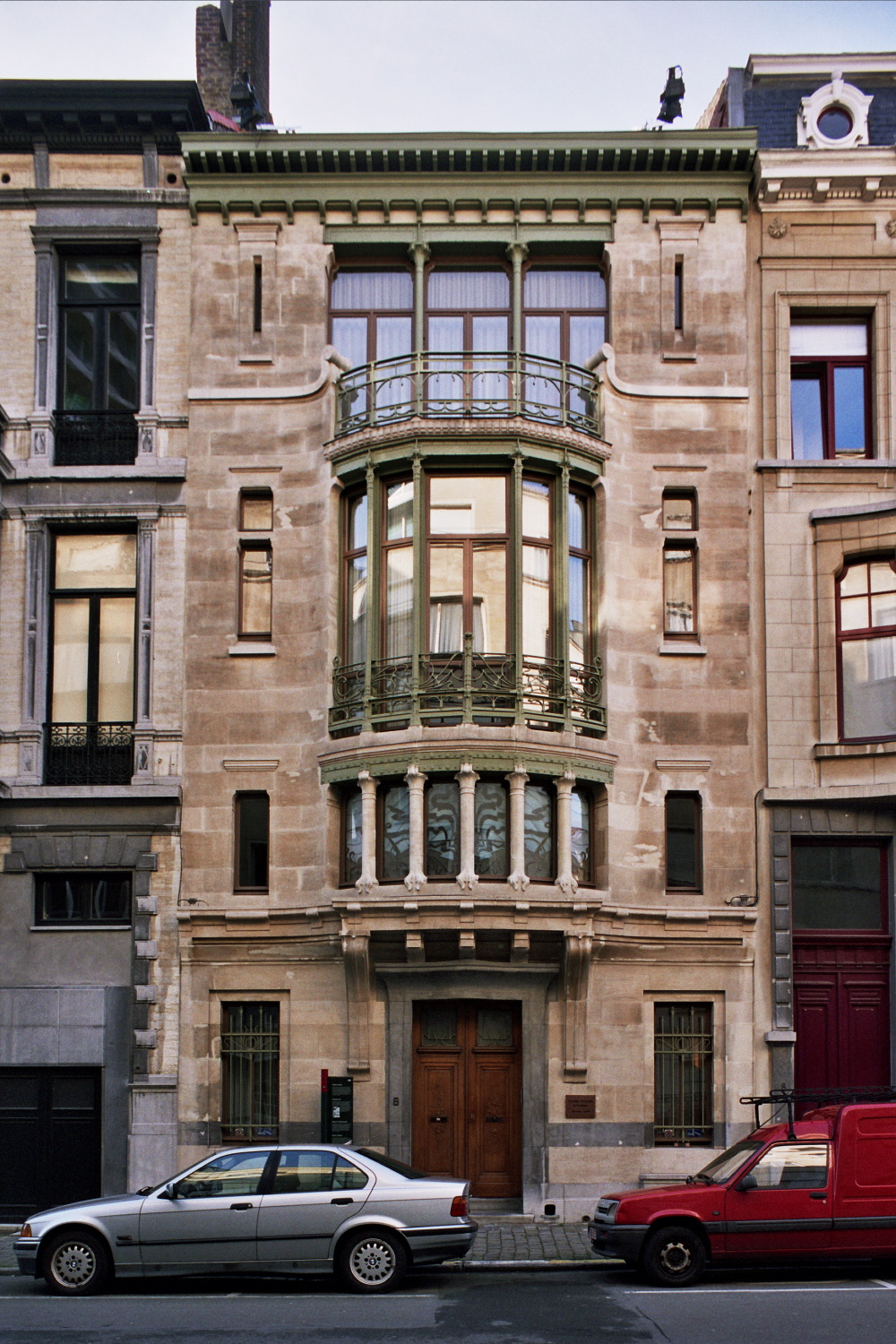
Hôtel Tassel Inventaire du patrimoine architectural
The person who designed the Hôtel Tassel was the architect and artist, Víctor Horta. He worked on it between 1892-1893, in Brussels (Belgium). You'll find all the concepts and theories at work in modernism in this building. In a sense, it's the product of all those ideas, at a time when they were really starting to take shape.

Hôtel Tassel 1892 1893, Victor Horta 6,PaulÉmile Janson, Bruxelles, Belgique Deco paint
The walk in the Bailli and Châtelain area brought us to the famous Hotel Tassel on rue Paul Emile Janson. Architect Victor Horta designed this Art Nouveau house in the early 1890s for a friend, the university professor Emile Tassel. We adored this elegant house with its beautiful bow window. What a shame the house is not open to visitors.

The Hotel Tassel, 6, Rue PaulEmile Jansonstraat, Brussels, Belgium, 2015. Artist Alan John
The Hôtel Tassel (French: Hôtel Tassel, Dutch: Hotel Tassel) is a historic town house in Brussels, Belgium.It was designed by Victor Horta for the scientist and professor Emile Tassel, and built between 1892 and 1893, in Art Nouveau style. It is generally considered one of the first buildings in that style, along with the Hankar House by Paul Hankar, built at the same time, because of its.
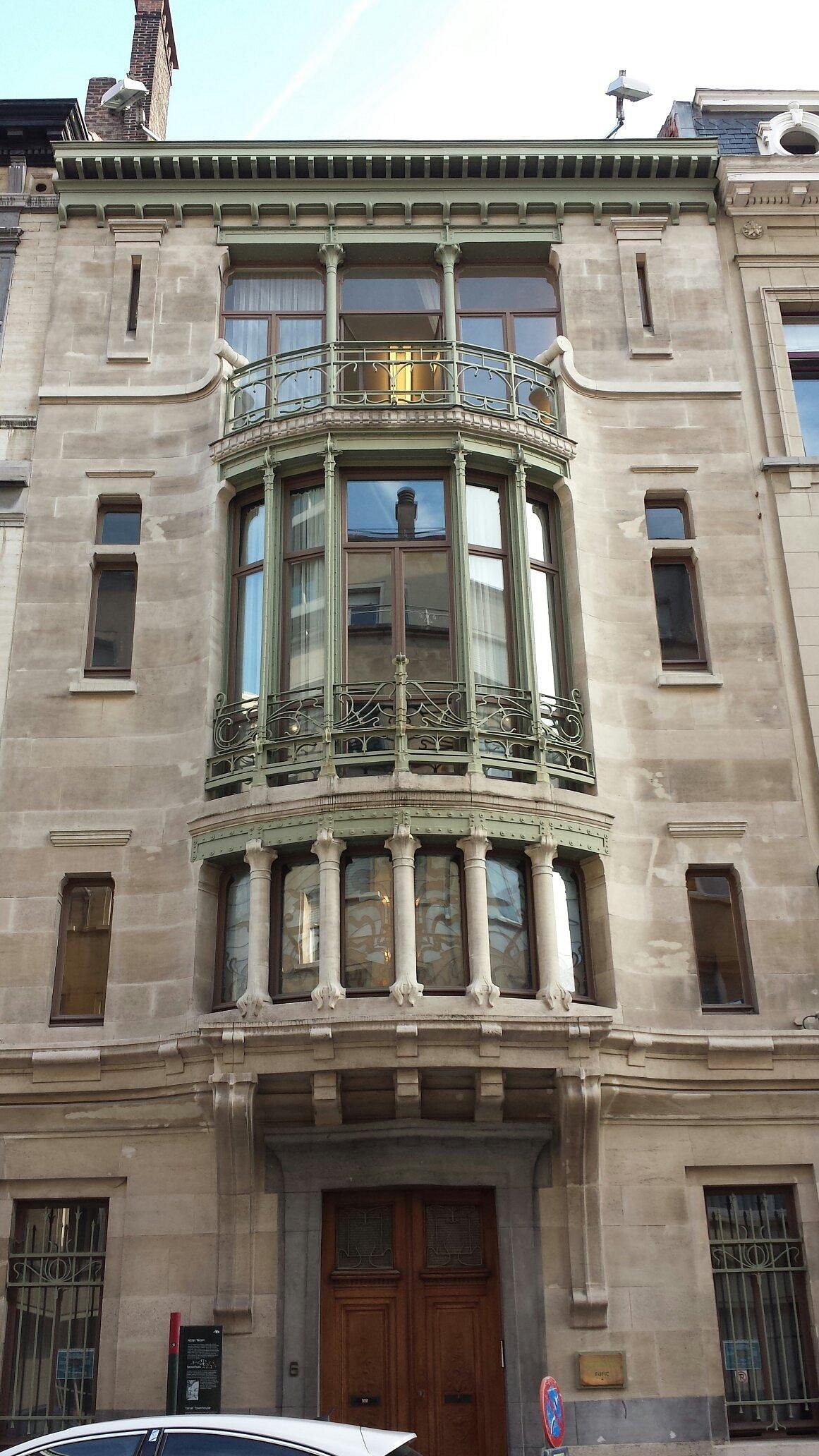
Hotel Tassel (Brussels) All You Need to Know BEFORE You Go
The Hôtel Tassel is a town house in Brussels, Belgium, designed by Victor Horta for the scientist and professor Emile Tassel, and built from 1892 to 1893. It is generally considered the first true Art Nouveau building, because of its highly innovative plan and its ground-breaking use of materials and decoration.. Together with three other town houses of Victor Horta, including Horta's own.

Hôtel Tassel
Book your tickets online for Hotel Tassel, Brussels: See 19 reviews, articles, and 27 photos of Hotel Tassel, ranked No.221 on Tripadvisor among 642 attractions in Brussels.

Hôtel Tassel Inside Art nouveau
Incredible Deals from Independent Hotels and Well Known Brands. Up to 60% Off Great Rooms! Save Big with Priceline® Exclusive Rates! Fast & Secure Booking. 24/7 Customer Service.
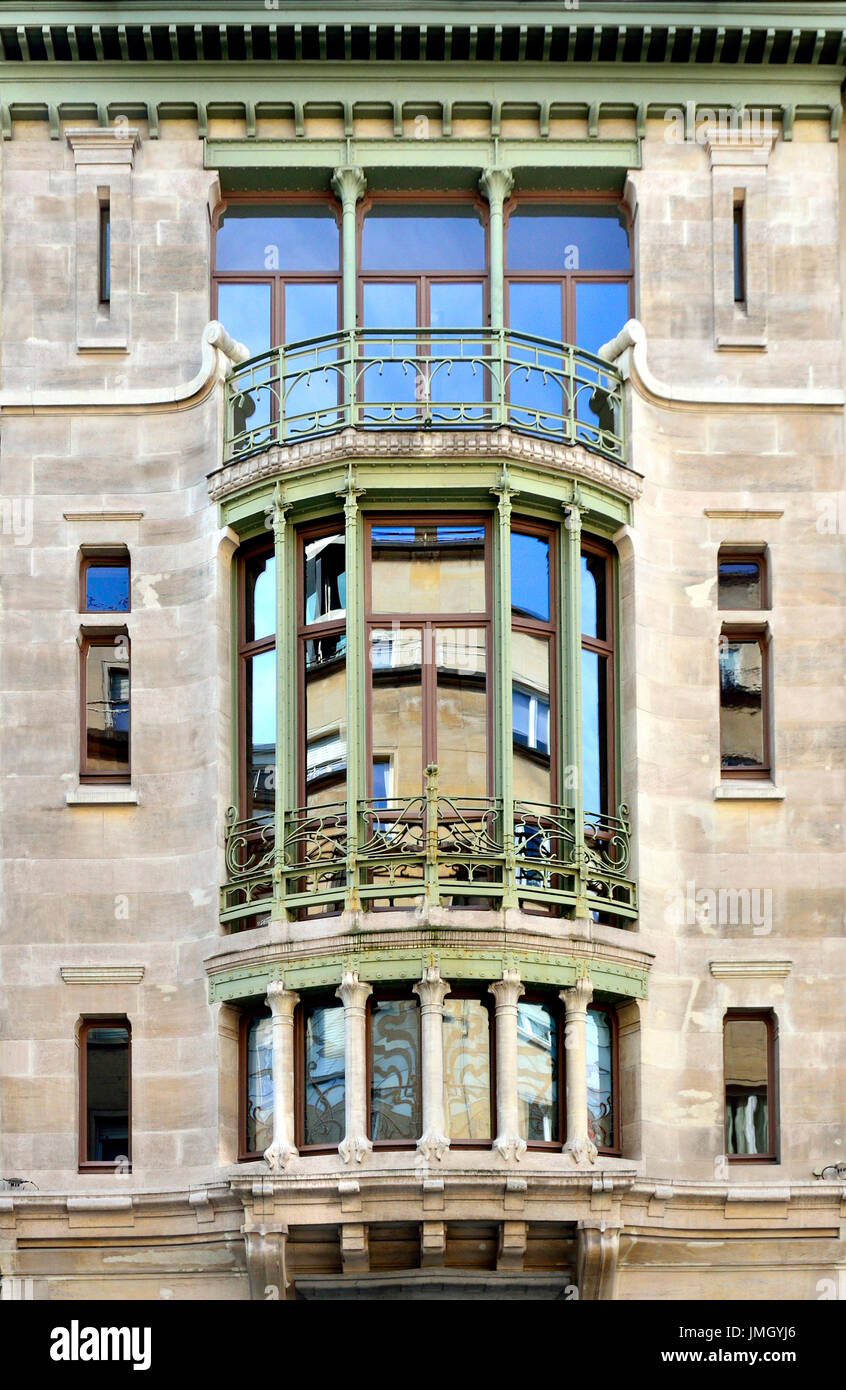
Brussels, Belgium. Hotel Tassel (Victor Horta, 1898 Art Nouveau) 6 Stock Photo 150348974 Alamy
The Hotel Tassel is a town house built by Victor Horta in Brussels for the Belgian scientist and professor Emile Tassel in 1893-1894. It is generally considered as the first true Art Nouveau building, because of its highly innovative plan and its groundbreaking use of materials and decoration. Together with three other town houses of Victor Horta, including Horta's own house and atelier, it.

Hôtel Tassel Bruxelles, Belgique / 1893 / Victor Horta Architecture Art Nouveau, Amazing
Other articles where Hôtel Tassel is discussed: Victor, Baron Horta:.first independent building, the four-storied Hôtel Tassel in Brussels (1892-93), was among the first Continental examples of Art Nouveau, although it incorporated Neo-Gothic and Neo-Rococo stylistic elements. An important feature was its octagonal hall with a staircase leading to various levels.

A Journey of Postcards Hôtel Tassel Belgium
Book your tickets online for Hotel Tassel, Brussels: See 19 reviews, articles, and 27 photos of Hotel Tassel, ranked No.221 on Tripadvisor among 642 attractions in Brussels.

Victor Horta, Hotel Tassel, Brussels Art nouveau architecture, Art nouveau, Architecture history
The walk in the Bailli and Châtelain area brought us to the famous Hotel Tassel on rue Paul Emile Janson. Architect Victor Horta designed this Art Nouveau house in the early 1890s for a friend, the university professor Emile Tassel. We adored this elegant house with its beautiful bow window. What a shame the house is not open to visitors.

Architektur,Belgien,Brüssel,HotelTassel,Jugendstil,… Flickr
UNESCO World Heritage Centre. Major Town Houses of the Architect Victor Horta (Brussels) The four major town houses - Hôtel Tassel, Hôtel Solvay, Hôtel van Eetvelde, and Maison & Atelier Horta - located in Brussels and designed by the architect Victor Horta, one of the earliest initiators of Art Nouveau, are some of the most remarkable pioneering works of architecture of the end of the 19th.